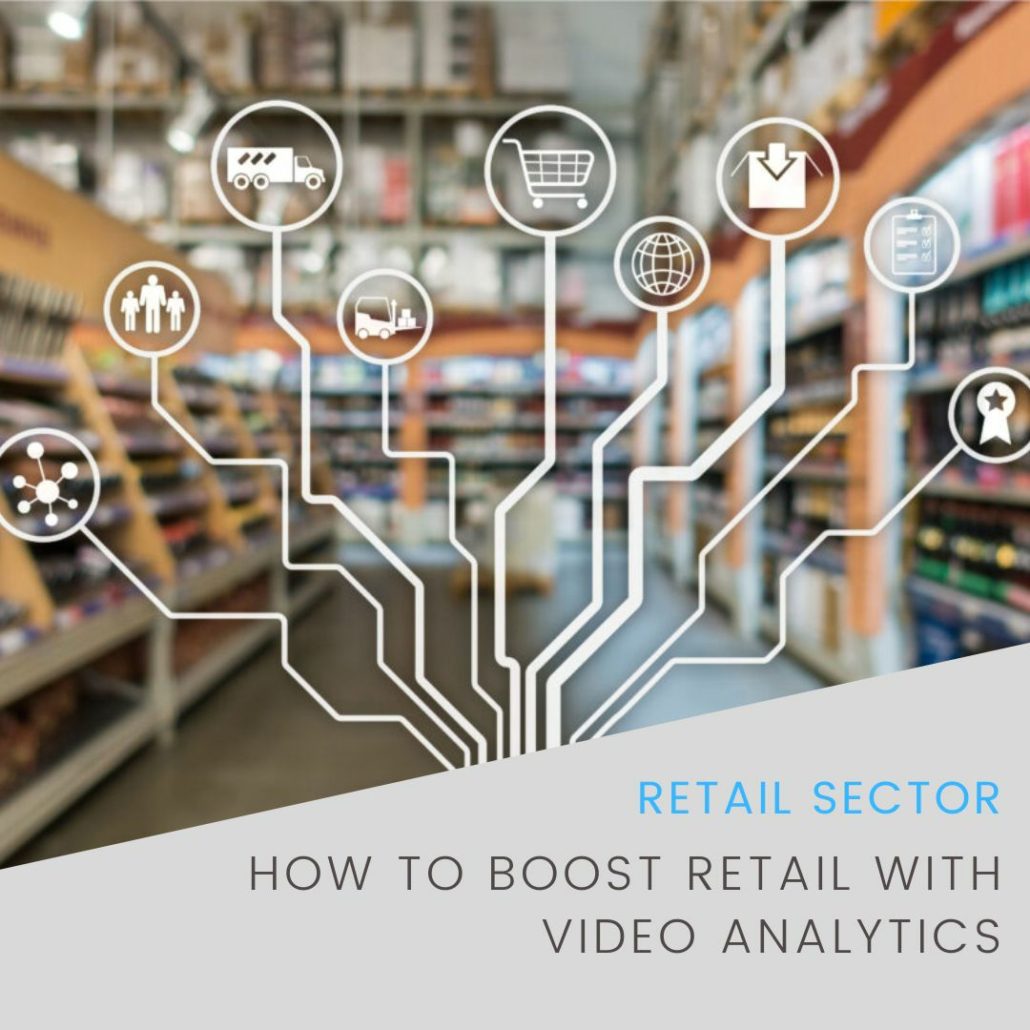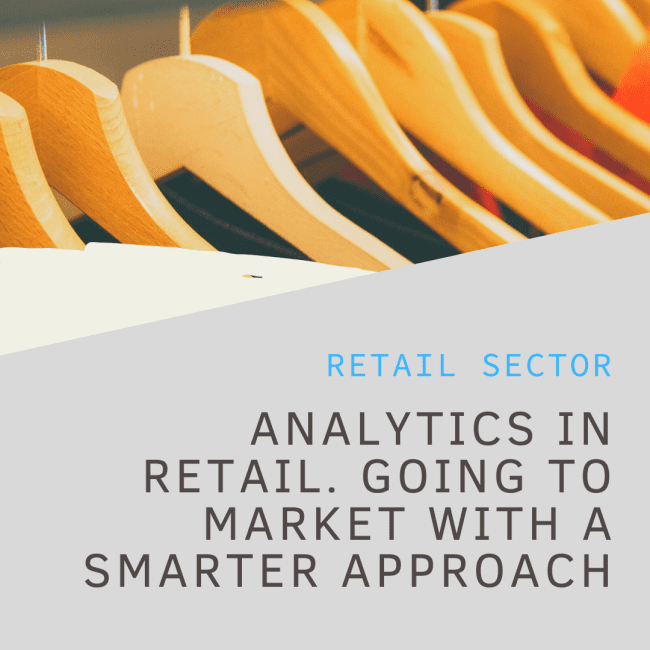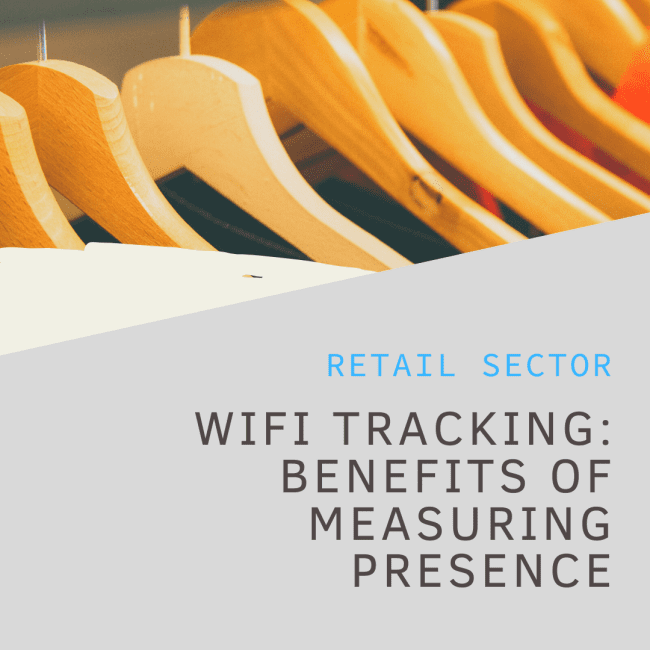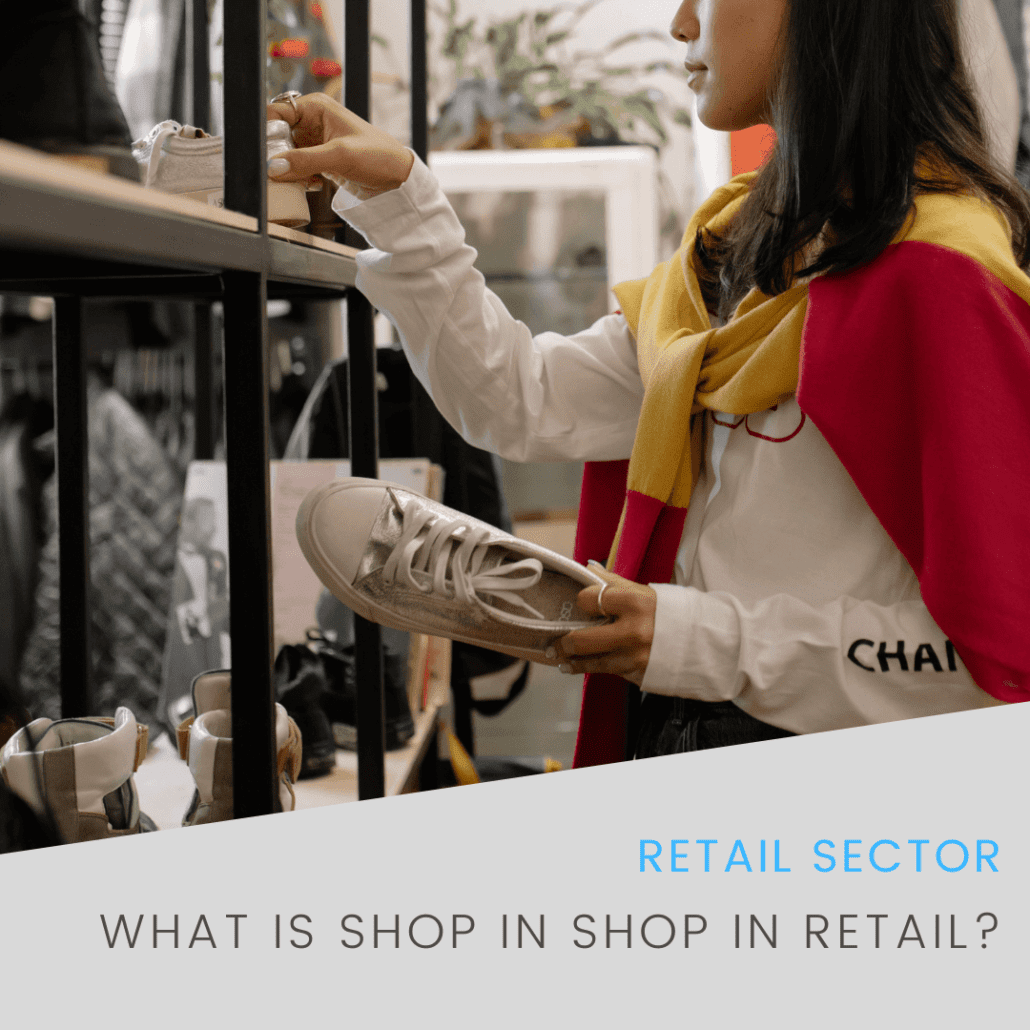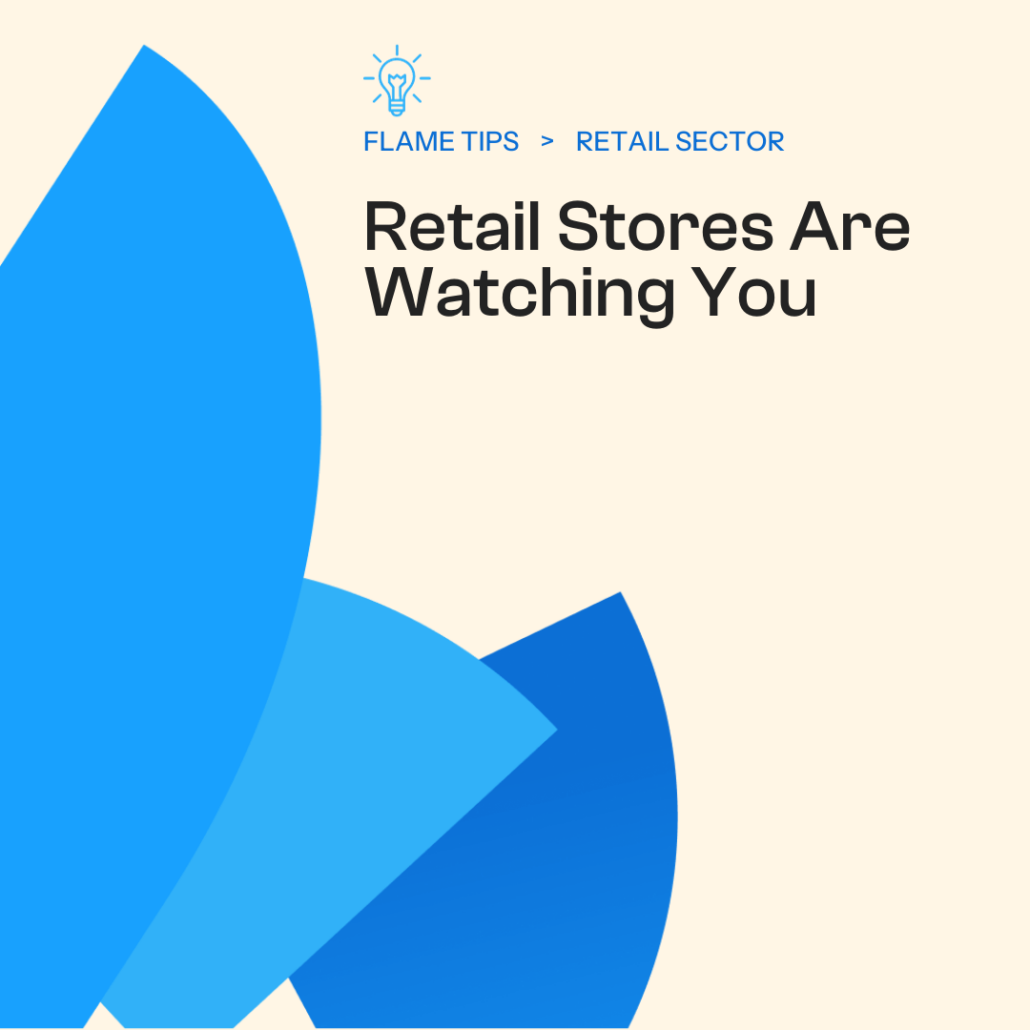Now that we are used to hearing the term “video analytics” and how it can be useful for companies in different industries, such as shopping malls or retail, it is time to list some of the main benefits that this new technological trend will bring to boost retail activities and strategies, if they finally decide to invest in it.
Check this list and take note of all the benefits you can get for your retail store thanks to Video Analytics. Let ‘s start!
Tips to boost retail stores throughout video analytics
1. Improve Store Traffic Management
Retail stores are frequently overcrowded, and retailers fail to recognize and manage such high traffic. Retailers can easily maintain store traffic by using video analytics, which determines the pattern of in-store traffic and the reason for it.
It analyzes peak times and high occupancy zones to assist retailers in identifying traffic early and responding appropriately. Retailers can respond effectively and keep their customers engaged by using video analytics technology.
2. In-Store Performance Optimization
Video analytics will assist you in providing an exceptional customer experience from the moment they walk into your store until they pay for their items and leave. Data-driven insights will assist you in determining which in-store experiences are appealing to customers — and which are not.
The first priority for any retailer is to meet the needs of their customers, which is difficult to do as customers become more demanding. Thus, better understanding customer needs is the key to optimizing store performance in order to create the most preferred shopping environment for them and improve their shopping experience.
This is where AI video analytics comes in. Store managers obtain the insights they need to make better, more informed decisions about their inventory, product pricing, and merchandise placement by analyzing data collected from traffic flow analysis. With these smart insights, retailers can be better prepared for seasonal peaks and low demand periods, as well as decide which products to order and in what quantities. Retailers use AI video analytics to improve store design in order to direct customers to desired areas and products.
Simultaneously, AI automates and streamlines operational processes, resulting in improved performance and a positive impact on the bottom line.
3. Monitor Consumer Demographics
Retailers are responding to the call for more effective personalization in a business where customer experience is everything. In this regard, AI video analytics is the ideal solution for stores that want to meet the needs of their customers while also improving their shopping experience.
By analyzing consumer demographics such as location, gender, and age, as well as customers’ interests, habits, and values, video analysis software assists retailers in increasing retention and driving more sales. This consumer-related data allows retailers to gain a deeper understanding of their customers’ preferences and choices, as well as to broaden their business reach and customer base in other demographics.
4. Track product placement and inventory levels
Product placement is an important variable for in-store management because it increases engagement and makes shopping easier. Retail video analysis creates effective product placement by using heat maps, crowd monitoring, and conversion rates.
Robust object detection applications can help employees keep track of which products need to be restocked in real-time and guide inventory management. Instead of manually tracking inventory, video analytics solutions will assist you in quickly filling shelves and ordering products before the stock runs out.
To ensure the best customer experience, video analytics technology will provide data-driven insights into the most effective methods to organize and display products on shelves. In addition, video inventory tracking provides additional opportunities for managing seasonal fluctuations. You will be able to predict, plan for, and allocate additional staff to particular sections of the floor where products are in high demand and shelves are emptied much more quickly.
5. Boost retail store-team performance
The conversion rate is tightly linked to employee efficiency. Improving employee performance is essential for optimizing in-store retail operations and exceeding customer expectations.
You can develop a better understanding of the drivers of productivity gaps by tracking indicators such as the time employees spend replenishing products, talking with customers, or offering checkout assistance to consumers.
AI video analytics produces heat maps for foot traffic by evaluating customer activity in the business, which aids in staffing decisions. They are used to optimize store layouts and staff shifts based on the number of shoppers at different times of the day, as well as to increase the number of personnel at peak periods to ensure that the required quantity is present to handle the level of traffic. Furthermore, if a customer is identified standing in one location for an extended period of time, the system can notify workers so that they can provide assistance if necessary.
6. Streamlined marketing
In-store analytics software is ideal for measuring and streamlining marketing attribution. It is easier to comprehend trends, measure the number of visits, identify new and repeat users, and evaluate the efficiency of advertising approaches with this type of smart software.
Retailers update their marketing programs and advertising campaigns based on these insights, and make decisions on ad placements or locations to achieve greater advertising effects on hit rate and average purchase. This may make marketing promotions more relevant and tailored to their customers by studying previous patterns of consumer behavior and demands. Retailers benefit from real-time analytics because it allows them to react to poor performance in real time and make relevant modifications to their plans.
